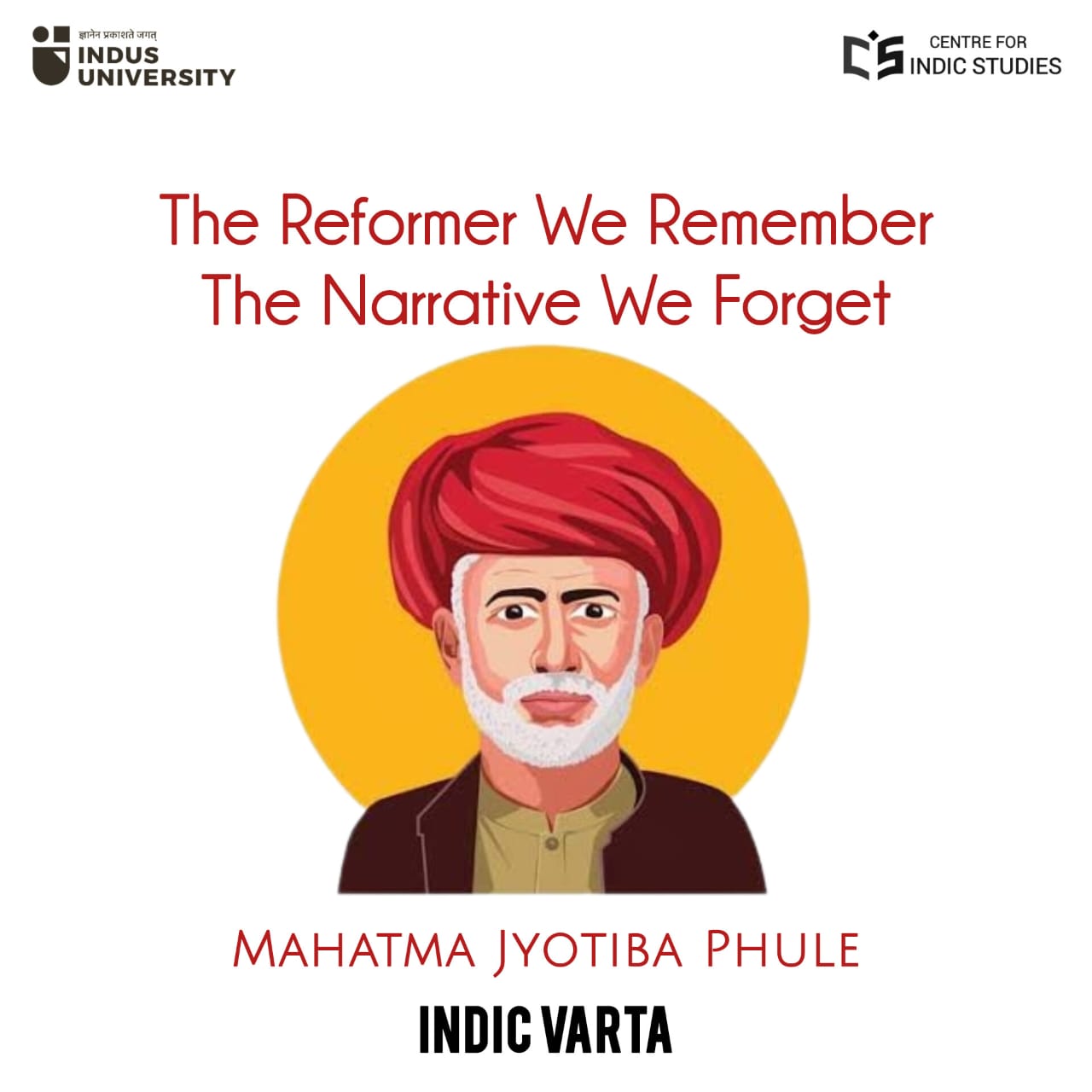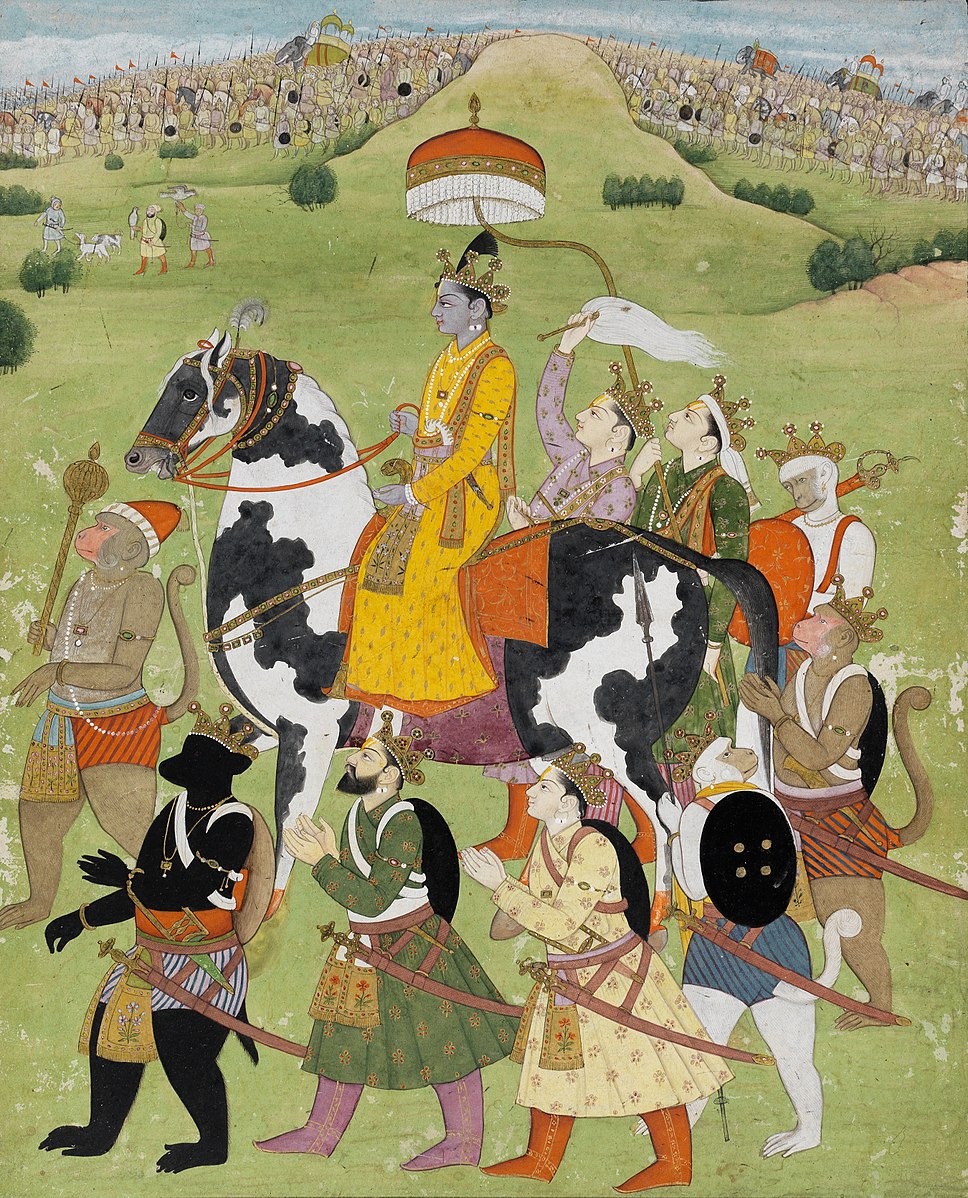- Visitor:132
- Published on:
Remembering Sahitya Samrat Bankim Chandra Chattopadhyay On His Death Anniversary
Other communities believe that religion is only for the sake of God and the hereafter. To the Hindu, this world, the after-life, God, man, all beings, all worlds — everything is a concern of Dharma. Now, is there any universal, holy religion apart from this?

►Only two students passed B.A. from Calcutta University’s first batch that year in 1857. Bankim Chandra Chattopadhyay was one of them. Eventually, he came to be popularly known as the Sahitya Samrat or the literary emperor.
Following his father’s footsteps, he joined the lower executive job (sub-ordinate executive service) and later ended up as a deputy magistrate and deputy collector. In 1891, the authorities conferred upon him the title of ‘Raybahadur‘ and ‘Companion of the Most Eminent Order of the Indian Empire‘ (CMEOIE). Whatever experience he gained from his professional career played a vital role in his thinking and activities. However, history will remember him not for his prestigious position as a government servant but as a Hindu reform writer and thinker- a Rishi!. He used the pseudonym “Kamalakanta” for his writings.
“If Dharma is the way to true happiness, then the whole of human life should be governed by Dharma. This is the true meaning of Hinduism. It does not happen in other religions;
If universal love is taken to be the highest human ideal, then, Hinduism has it to the largest degree.
Other communities believe that religion is only for the sake of God and the hereafter. To the Hindu, this world, the after-life, God, man, all beings, all worlds — everything is a concern of Dharma. Now, is there any universal, holy religion apart from this? ”
Although seated in the topmost position of honor and glory in society, the one who was able to state this in a definite voice, is none other than Rishi Bankimchandra Chattopadhyay. There was no fear of public shame, no anxiety of losing fame. He has been just fair and square about the ultimate truth in his book Dharmatatwa (Anushalon) that he had himself realized in his lifelong quest.

►The literary genious penned the novel “Durgesnandini” at the age of 24 to 26, set against the backdrop of Mughal-Pathan land conflict over the rights of Odisha during the late 16th century- starting the journey of a new genre and the first successful novel in Bengal’s history.
►In his time, English was the language to get across the literate people and this enlarged the gulf between lower and higher classes. He started off publishing a monthly literary magazine named Bangadarshan, in 1872, where he got his act together by functioning as the mode of communication between educated classes and uneducated masses. As he was appointed in remote places of Bengal province, he came across the actual conditions of the land and common people. His direct encounter and interactions with people gave shape to many characters in his novels.
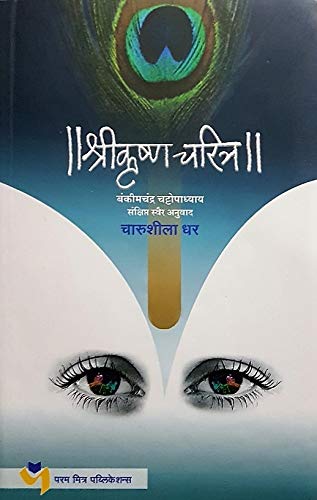
►Further, in this book “Krishnacharit”, he sharply uprooted the concept of Lord Krishna, as prevalent in the society to be lustful and taking shelter under the umbrella of hypocrisy. Through getting at every minute episode, he proved that such a great, liberal and far-sighted personality as Sri Krishna had never been witnessed on earth before and would probably never be seen again. Besides, a great characteristic of this writer was that he was always ready to unlearn a lie or any prior delusion and always get down to change his mind and never hesitated to agree to take what is true. For example, sharp differences in opinions can be seen in his first couple of editions of “Krishnacharit”. The subsequent one was about twofold the size of the first one and there he unhesitatingly admitted the prior misconceptions and never stepped back to express updated ideas.
►Again, in his book named Dharmatatwa, he compared our traditional understanding of Dharma with the outsider’s religions and got into discussing how Hindu Dharma is the clear claimant of superiority. In a nutshell, the text focuses on every feature of Dharma and further explains how the right practice of Dharma can provide a human being the ultimate excellence.
►Furthermore, we find a rational discussion of mythology and theology in his work- Devtathwa and Hindu dharma. The different mysteries found in the initial phases of many religious narratives and widespread in society are brought to light as per the teachings of the Vedas.
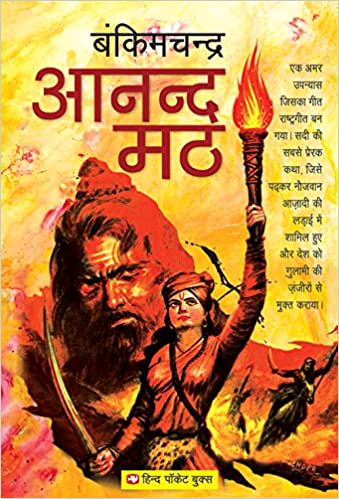
►Many signs of Hindutva can be found in his several novels. Bankim Chandra wrote the hymn “Vandemataram” which is derived from his novel Anandamath (The Abbey of Bliss) that later became our national song. Still, the song, that turned into the Bible of our freedom fighters, has enough fuel to boil the blood of every Indiands having untiring patriotism in mind. The novel is set in background of the Sanyasi Rebellion (late 18th century), when at the same time Bengal was facing a severe famine, fuelled and became synonymous with India’s patriotic struggle aimed at the British government— who clearly banned it!
►Mrinalini is his historical novel catching the reader’s eye on the theme of patriotism revolving around the love story of Prince Hemchandra and Mrinalini. It is against the background of Ikhtiyar Uddin Muhammad bin Bakhtiyar Khalji, the Turkish general’s Bengal invasion. Here, Muslims are shown as the great historical opponent of Hindus and conflict between individuals turns towards destiny for nations. On the other hand, in Rajasingha, the adversary following Islam is not only an enemy but a terrifying and despicable foe, who is no less than fanatic and militant Aurangzeb.
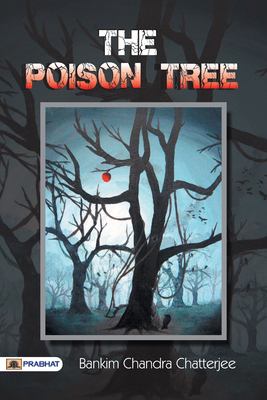
►The subject matter of Bishabrikkha, a social novel and tragic tale of love by Bankim thought over two important issues of contemporary society- widow marriage and polygamy. It was created when the latest Widowhood Act was in discussion. In his lifetime, several editions of the book were translated into Hindustani, English and Swedish languages.
►In his commentary on Kalidasa’s Shakuntala, he came up with an ecofeministic comparison between Shakuntala, Miranda and Desdemona by highlighting the role of nature in building these women’s personalities. Bondage of love is there between Shakuntala and nature. Burning the candle on both ends, he pointed out that the dramatic plots of Shakespeare have the turmoil, massiveness, deepness and diversity of the oceans, whereas the play of Kalidas is best associated with mild and charming gardens having the beauty of boasting but not instructively representing the extent of changing human emotions. Desdemona’s heart is like an open book whereas Shakuntala’s sentiment is expressed through gestures making her half Miranda and half Desdemona.

►It is found that towards the ending days of his literary career, he was more inclined towards discussing on true colours of Hinduism than artistic literature- indicating his passion for religion. Further, reclaiming the past, he wanted to restore of moral, cultural, Dharmik heritage of ancient Bharat with the uprising of patriotism and nationalism, which can be clearly seen from Ananda Math and Devi Chowdhurani and commentaries on Gita and Dharmashahstra. He urged to write history from the perspective of Indians- with records of even the smallest detail, to essentially spread awareness regarding the nation’s greatness.
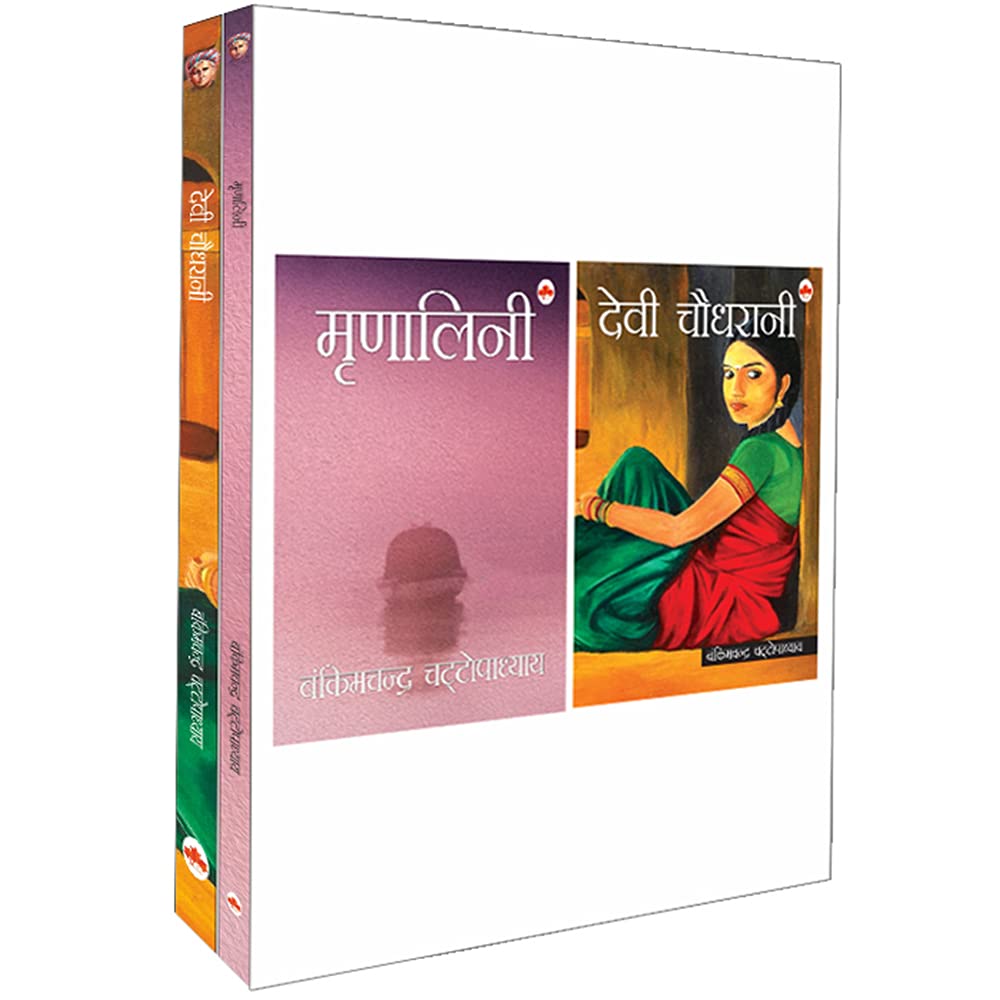
►He assimilated century-old ideas with new lifeforce of his days under a course of poetical inspiration. He thought ahead of the impact of switching nationalism from secular to religious sphere, which made him systematically theorise nationalism. For this, he combined two aspects- formalizing nation as the mother and Durga and Kaali to identify the mother. According to him, the new generation has to be an embodiment of determination and see about internalizing specific reinterpreted ideas of Hindu wisdom and devotional practices. No pain no gain! This will make them the best nation builder and ideal patriot.
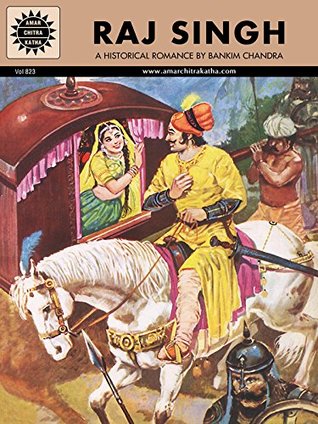
►His fictional writings based on historical plots and characters highlight the victory and rebellion of Hindus over Muslims (Rajsingha, Sitaram) and Hindus over the British (Devi Choudhurani and Ananda Math). He made a distinction between the experience of the Indo-Islamic age- the foreign rule that India has witnessed, Islam as a religion and behaviours of individual Muslim personalities. His writings remind and make us aware of the bad blood between bloody history of Islamic presence in India and rich Hindu civilization. Again, we also find strong Muslim characters like Osman (Durgeshnandini) and Mobarak Khan (Rajsingha) in his writings, Motibibi (novel: Chandrasekhar) showing empathy towards Hindus and Badshah Alamgir (Rajsingha) as an esteemed person. Nevertheless, as per him, Islamic rule did not bring any material or spiritual development and weakened the psychology of defeated Hindus. In his critical and conclusive section of Dharmatattva, Islam has not been included in the explicit comparative scheme. A new triangular contest for virtues is demonstrated among Hinduism, Buddhism and Christianity. He was also up in arms against the expansionist propensities of European states that was mutual with force and mercilessness filled with betrayal. Another creation Devi Chaudhurani was also banned by the British, where the author presented a frontal armed conflict led by a lady taking up arms against the English army. Here, Bankim continued with his urge for a rising nation, fighting with strength from inside- rooted in deep Indian values.
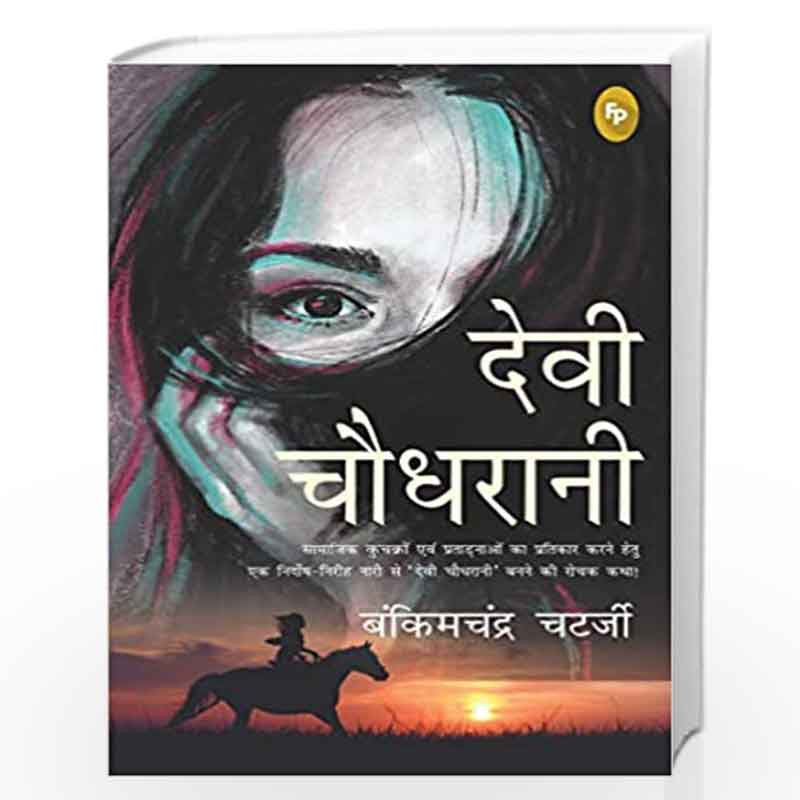
►Besides writing, his deep passion for songs including classical compositions is also found in his novels like Kamalakanter Daftar and Chandrasekhar. For example, in Rajsingha he places a folk song of North-Central India in Maniklal’s voice, who was in the guise of a Mughal army. Bankim took lessons of Sanskrit and Bengali from Sriram Nyayabagish of Kantalpara. He was also a very good reciter. Often, he used to recite poems sitting on the banks of Jamuna from Vidyasundar Kavya by Bharat Chandra Raigunakar and Gitagobindam Kavya by Jaydeb. He has been listening to the Mahabharata from Pandit Haladhar Tarkachuramani who actually taught him- “Sri Krishna is the ideal man of ideal character”. This teaching was deliberately reflected in his several later works. During the last days of his life, he started to compose commentaries on Srimad Bhagavatam. However, he was only able to complete four chapters. If he could accomplish this task, we would have witnessed the best end of his lifelong search for truth.
His health was not very good in his last days. His condition of diabetes mellitus worsened In March 1894. He breathed his last on April 8, 1894.
Today is his death anniversary.
“If I had won the war, I would have died. Death in vain is not the Dharma of a hero!”
– Anandamath (1838-1894)
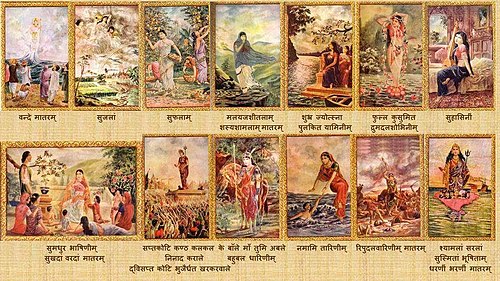
►Let’s narrate one of the incidents when once he had to fight a huge conflict over the issue of his dignity, while he was the Deputy Collector of Murshidabad District, posted at Berhampore. It was a cool afternoon of winter on December 15 near Behrampur, West Bengal, way back in 1973. He was returning from the court in a palanquin beside a barrack field. The door on one side of the box was closed. Few Englishmen were playing cricket on the field. The palanquin bearer mistakenly moved inside the cricket ground. Suddenly there was a loud knocking sound on the closed door. “Who the devil are you?”, Bankim roared annoyingly at the person he bumped into. That man was Colonel Duffin, the Commanding Officer at Berhampore Cantonment. The big cheese grabbed Bankim’s hand, put him down, hit punches and pushed him behind. Proceeding to the field nearby, Bankim found Mr. Benbridge, a known face and asked “Have you seen how I have been dealt with by that person?”. Unfortunately, he replied- “O Babu, I am short-sighted, I have not seen anything”. Bearing the grudge, deeply humiliated Bankim Babu also reached other reputed spectators present there and asked if they have witnessed the event. Nonetheless, all of them remained silent and refused to come between.
Being a person not to give up, the very next day Bankimchandra visited the court and filed a defamation case in Duffin’s name. Approximately 150 advocates signed for him but Duffin could not find a suitable lawyer to get away with. Losing sleep finally, he urged Judge Benbridge to intervene. Now, having the ball in his court, Bankim asserted at Benbridge’s chamber that Duffin had to apologize in public to make him dismiss the lawsuit. With no other options in hand, Duffin backed down holding Bankim’s hand and apologized for touching him. Such was the influence and popularity of his personality. About thousands of curious impatient onlookers, broke out into the court that day, including both natives and the Europeans to stand for Bankim and watch the verdict. Bankim was in that area for five years and never disobeyed the orders of the commissioner, besides following his own way of intelligence and discretion. Moreover, his popularity among the masses was so high that about 150 applications were received from various places while he was willing to transfer.
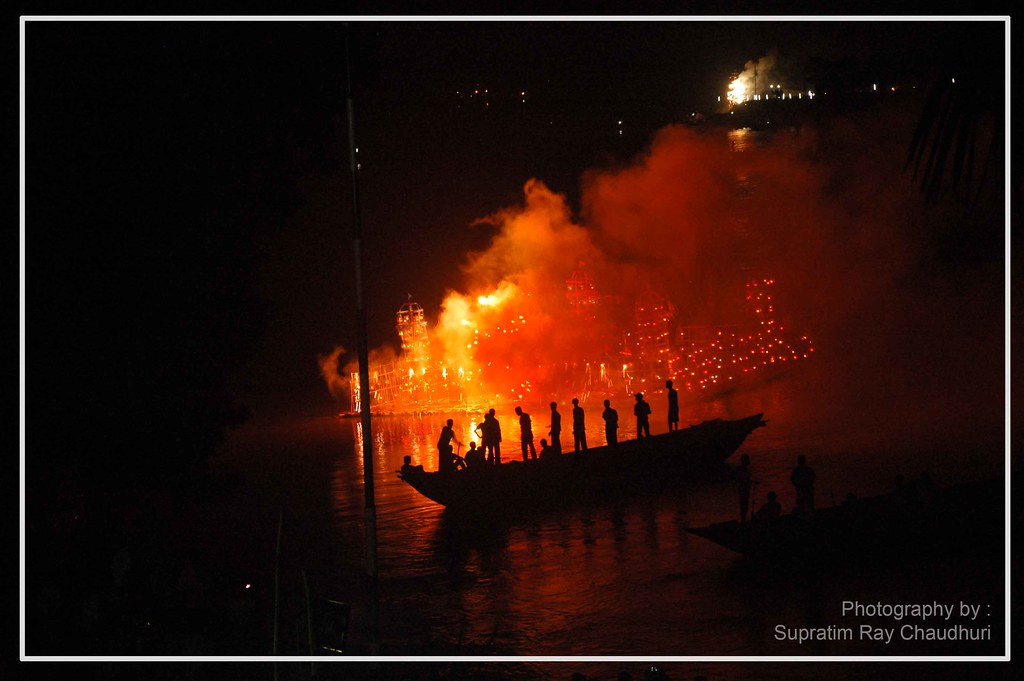
►Bera Utsav, is a local festival from Murshidabad province celebrated on the banks of River Bhagirathi adorned by traditional dance and music. So far so good, however, in 1870 a big change took place in the occasion due to the interference of Bankimchandra, the deputy magistrate and deputy collector of this area. Like every year, Nawab’s family, who paid tax for the event invited many officials of the district government to the festival. Nonetheless, Bankim rejected to take up the invitation as the news that only British guests would be called on the stage for honor let him down. Bankim clearly questioned about the discrimination in hospitality.
This raised discussions at upper level and finally, Bankim was asked to calm down, invited and declared that no discriminatory and biased behaviour would happen anymore. Thus, his protest brought justice, dignity and equality to the native visitors to the local festival.
Sources:
https://www.sahapedia.org/how-shakespeare-became-entrenched-19th-century-calcutta
BRITISH BENGAL’S FEMINISTIC STUDY OF SAKUNTALA, MIRANDA AND DESDEMONA: AN ECOCRITICAL REINTERPRETATION Asit Biswas Assistant Professor Dept. of English Goenka College of Commerce and Business Administration
https://ijissh.org/storage/Volume4/Issue3/IJISSH-040311.pdf
Imagining a Hindu Nation: Hindu and Muslim in Bankimchandra’s Later Writings Author(s): Tanika Sarkar Source: Economic and Political Weekly, Vol. 29, No. 39 (Sep. 24, 1994), pp. 2553-2561 Published by: Economic and Political Weekly Stable URL: http://www.jstor.org/stable/4401824
Understanding Bankim Chandra Chatterjee’s Views on Nationalism ISHA TIRKEY Research Scholar, Centre for Political Studies, Jawaharlal Nehru University, New Delhi, India. International Journal of Innovative Studies in Sociology and Humanities (IJISSH) ISSN 2456-4931 (Online) www.ijissh.org Volume: 4 Issue: 3 | March 2019
https://www.anandabazar.com/editorial/a-short-write-up-on-bankim-chandra-chatterjee-1.1098142
https://www.facebook.com/groups/shastra.prishta/permalink/900041597529497/
https://www.facebook.com/groups/boipoka.writers/posts/1656707874529051/
https://www.facebook.com/groups/boipoka.writers/posts/1052974858235692/
https://www.facebook.com/groups/boiraag/posts/2088341411459893/
https://vcrc.in/20birth-of-vande-mataram/
Center for Indic Studies is now on Telegram. For regular updates on Indic Varta, Indic Talks and Indic Courses at CIS, please subscribe to our telegram channel !
- 66 min read
- 0
- 0







